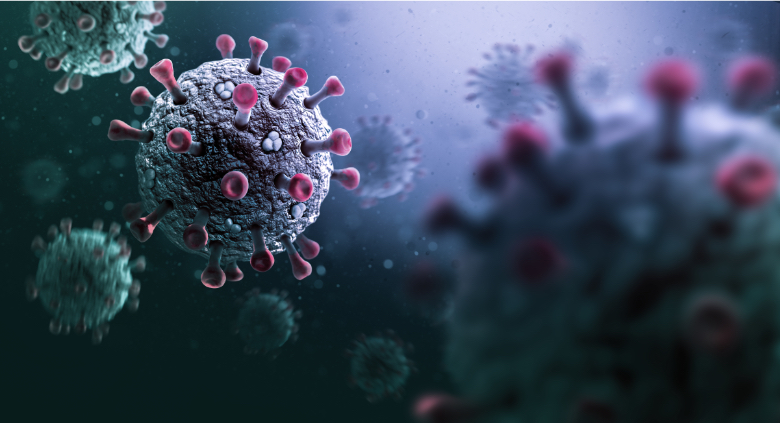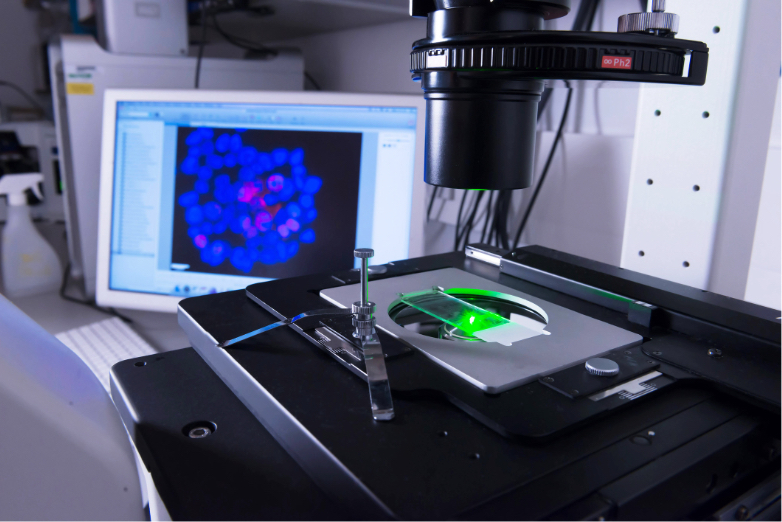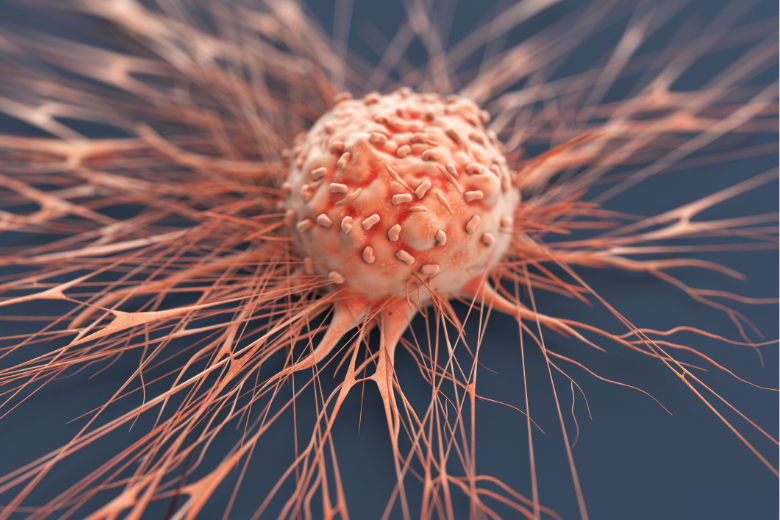She investigates how to develop new innovative tools based on nanotechnology for applications in biology and biomedicine. But she explains it best: “We study cells, viruses, bacteria—all of them individual biological entities—at the micrometric and nanometric scale. We measure their physical properties, their mass, their elasticity and their optical properties.” But it could also be said that Montserrat Calleja (Ourense, 1973) and her team are creators of microtechnology because when they need to measure any of these parameters to address questions their colleagues in oncology, virology or biology, for example, need to know and there is no technology available, they invent the technology and build a custom prototype.

“We apply these new technologies to answer questions such as: Can we measure minute concentrations of protein biomarkers in a blood sample? Can we distinguish cancerous cells from healthy cells solely through the measurement of their biophysical properties? What is the relationship between cellular biophysics and cellular metabolism,” says Calleja.
When she needs to measure a parameter for her colleagues in oncology, virology or biology and there is no technology available, she invents it.
Montserrat Calleja works in the Bionanomechanics Group at the Institute of Micro and Nanotechnology of the Spanish National Research Council (CSIC) and received the Jaume I Award for New Technologies in 2022. Regarding the potential applications of her work, the scientist explains that “the field of physics, and particularly nanomechanics, is capable of providing new technologies, in other words, new tools, to address unresolved questions in other scientific fields, such as biology and biomedicine.”

However, she adds another contribution that she finds even more important: “It provides a new perspective, leading us to diverge from well-trodden paths and pose new scientific questions.” “Bionanomechanics has allowed us to ask new and unexpected scientific questions. In recent decades, cancer cells have been studied from the perspectives of biochemistry, genomics and proteomics, but only recently have we been asking what happens to the biophysics of a cell when it becomes cancerous, what mechanical changes occur in it. It is fascinating to discover that cancer cells are always less rigid than healthy cells of the same type, and that is true for all types of cancer studied so far.”
This has been made possible, Calleja explains, due to a shift in the questions we ask about cancer and, subsequently, thanks to the development of technologies that make these biophysical measurements possible, providing us with answers. Measuring physical parameters of biological entities is incredibly valuable for understanding diseases, allowing researchers to advance in the development of techniques to rapidly detect pathogens in the environment, as well as providing tools for prescribing the best drug for each patient. It also offers valuable information for designing new drugs and validating their effectiveness, she says.
“The field of physics, and particularly nanomechanics, is capable of providing new technologies, in other words, new tools, to address unresolved questions in other scientific fields, such as biology and biomedicine”
One of the applications of nanosensors is to develop universal sensors that can detect the presence of all kinds of bacteria and viruses in a single test. What would be the purpose of this? “Proper diagnosis, particularly the identification of the cause of an infectious disease such as a virus or bacteria, allows us to choose the most suitable treatment for the patient and avoid the inappropriate use of antibiotics, which we know leads to resistance, depleting our resources in the face of bacterial infections,” explains Calleja.

For example, her lab has developed hollow and transparent nanomechanical sensors through which cells can rapidly circulate, allowing researchers to simultaneously characterise not only the mass but also the optical properties of individual cells. This is one of the latest lines of research in the field. “With these transparent mechanical nanosensors, we have been able to more reliably distinguish between healthy and cancerous cells, and in the future we will be able to obtain additional information on how drugs affect them.”
“With transparent mechanical nanosensors, we have been able to more reliably distinguish between healthy and cancerous cells, and in the future we will be able to obtain additional information on how drugs affect them”
Despite the fact that it is becoming increasingly difficult to explain to society the important of basic scientific advances, the researcher believes that “scientific outreach is experiencing a golden age, with activities like Researchers’ Night or Beer with a Scientist, as well as dissemination through the media and social networks. I have the feeling that the work we do is known and recognised, which is essential for inspiring scientific careers,” she points out.
Looking towards the near future, Calleja and her team are working to provide oncology researchers with new tools to understand the disease and determine the best treatment for each patient, thus avoiding resistance. And she is confident that these advances in basic science will be incorporated into future medical protocols where, in addition to genetic markers for drug prescription, biophysical markers will also be included.
“Investment in human resources is always the overlooked factor affecting science in Spain. Science is primarily driven by young scientists. We need to support them, preventing situations of extreme job insecurity. This is essential if we want to achieve excellent science”
But when it comes to whether Spain allocates sufficient funds to research, the expert is unequivocal: “No. Very little is invested. South Korea, a country of similar size to ours, invests 3% of its GDP in science and technology, while Spain invests only 1.4% of its GDP. There isn’t much more to add to such obvious data; they speak for themselves.”

In fact, for this scientist, every grant she has obtained has been crucial for her training. “These grants have marked the moments when I have been on a razor’s edge, as close to continuing my research as to forcibly abandoning my scientific career,” she says. This is why, based on her personal experience, she believes that “investment in human resources is always the overlooked factor affecting science in Spain.” “Science is primarily driven by scientists, especially young scientists and those who are still to come. We need to take care of them, protect their careers, and prevent precarious employment situations. This is essential if we want to achieve excellent science in Spain,” she warns.
“We are letting our scientists escape at the height of their productivity, and we lack efficient mechanisms to get them back. The big loser is Spanish science”
And she makes reference to the brain drain that continues to plague Spain. “Mobility is only positive when it is chosen and motivated by scientific reasons. We are letting our scientists escape at the height of their productivity, and we lack efficient mechanisms to get them back. The big loser is Spanish science.”
In the meantime, she has set herself new challenges. In the coming years, Montserrat Calleja aims to “understand the relationship between the biophysics and biochemistry of cancer cells, between the elasticity of a cell and the proteins it expresses. And also to develop the technologies that will allow doctors to use this knowledge to prescribe the best possible treatment for patients.
Comments on this publication